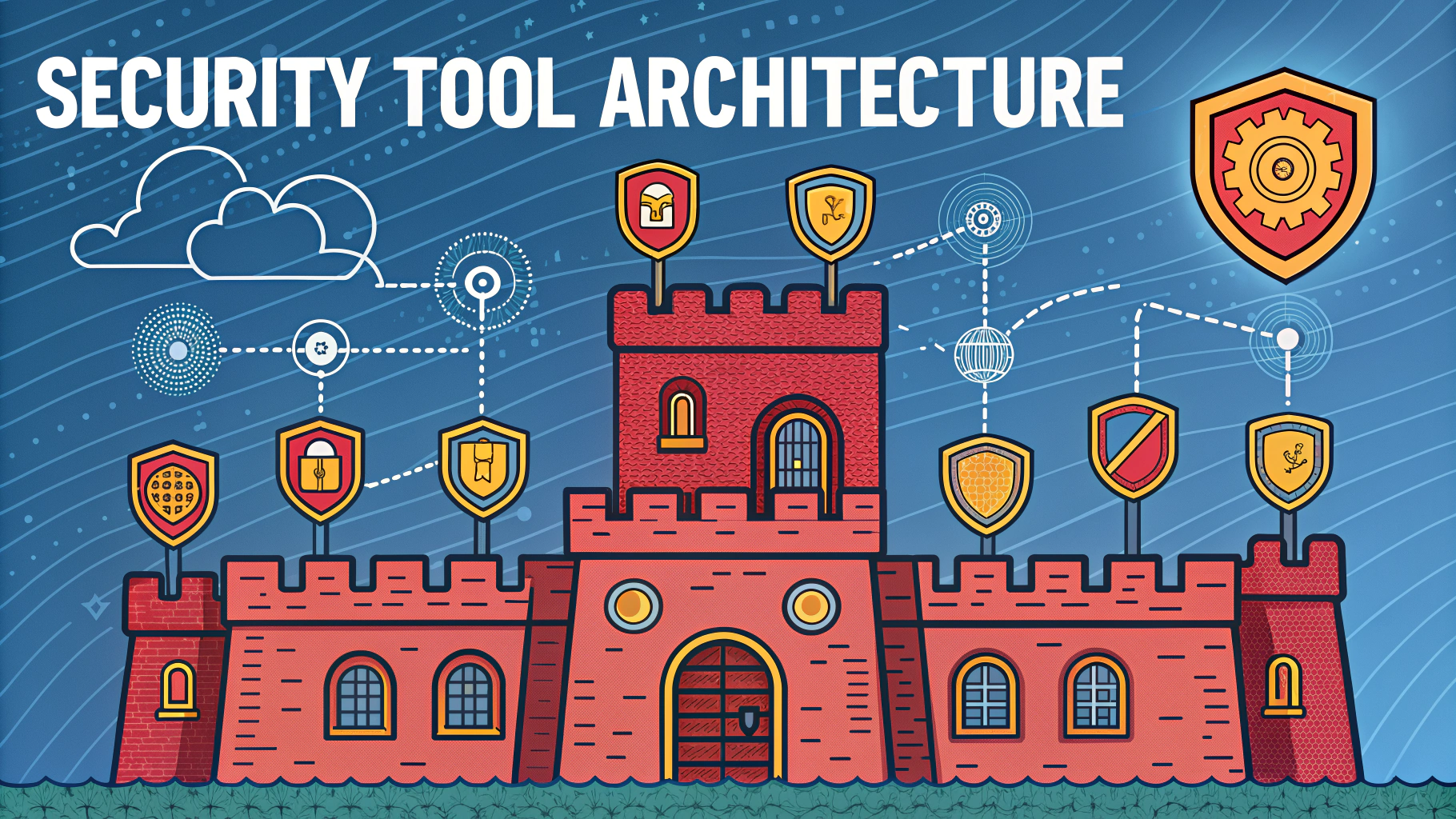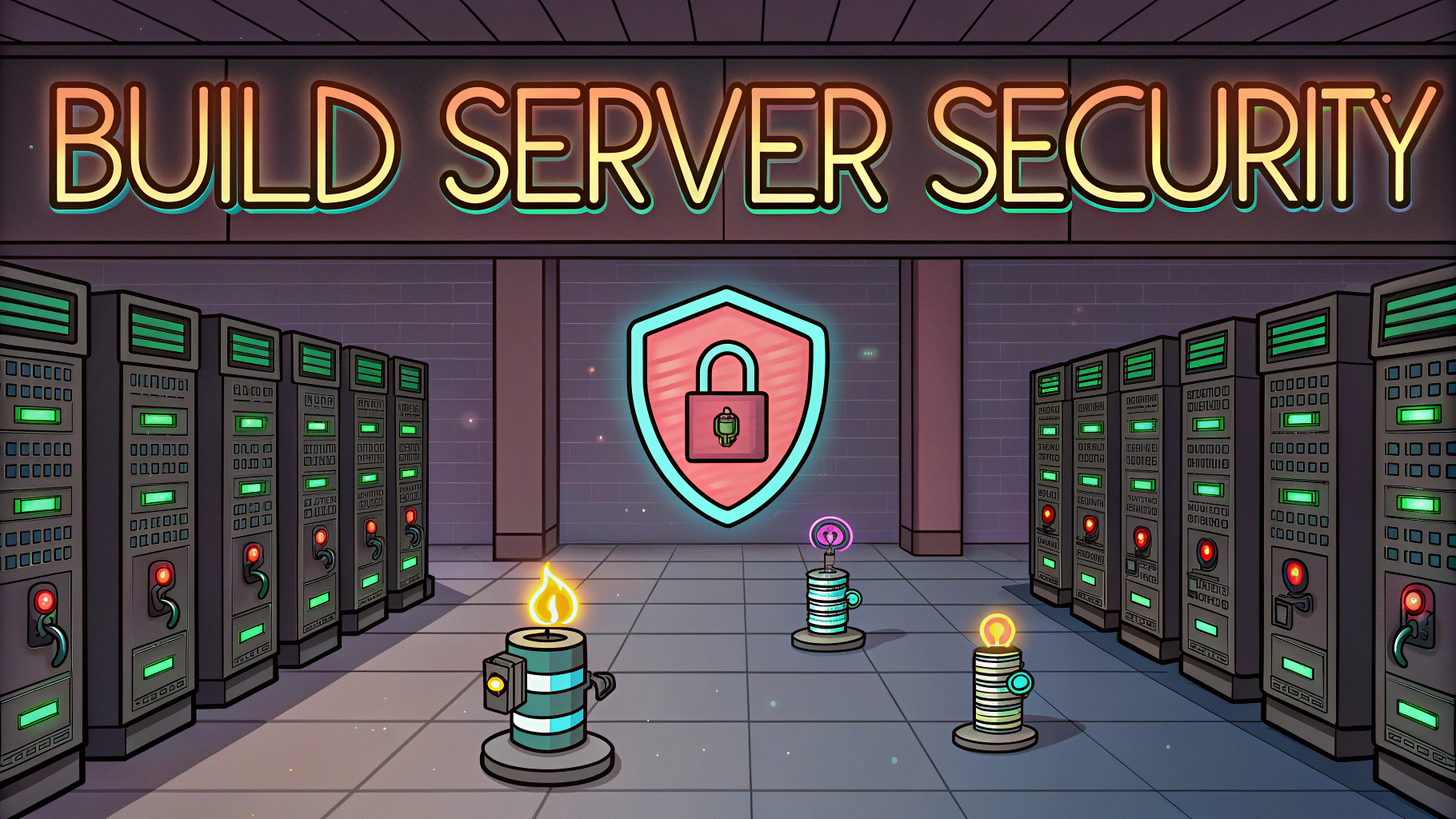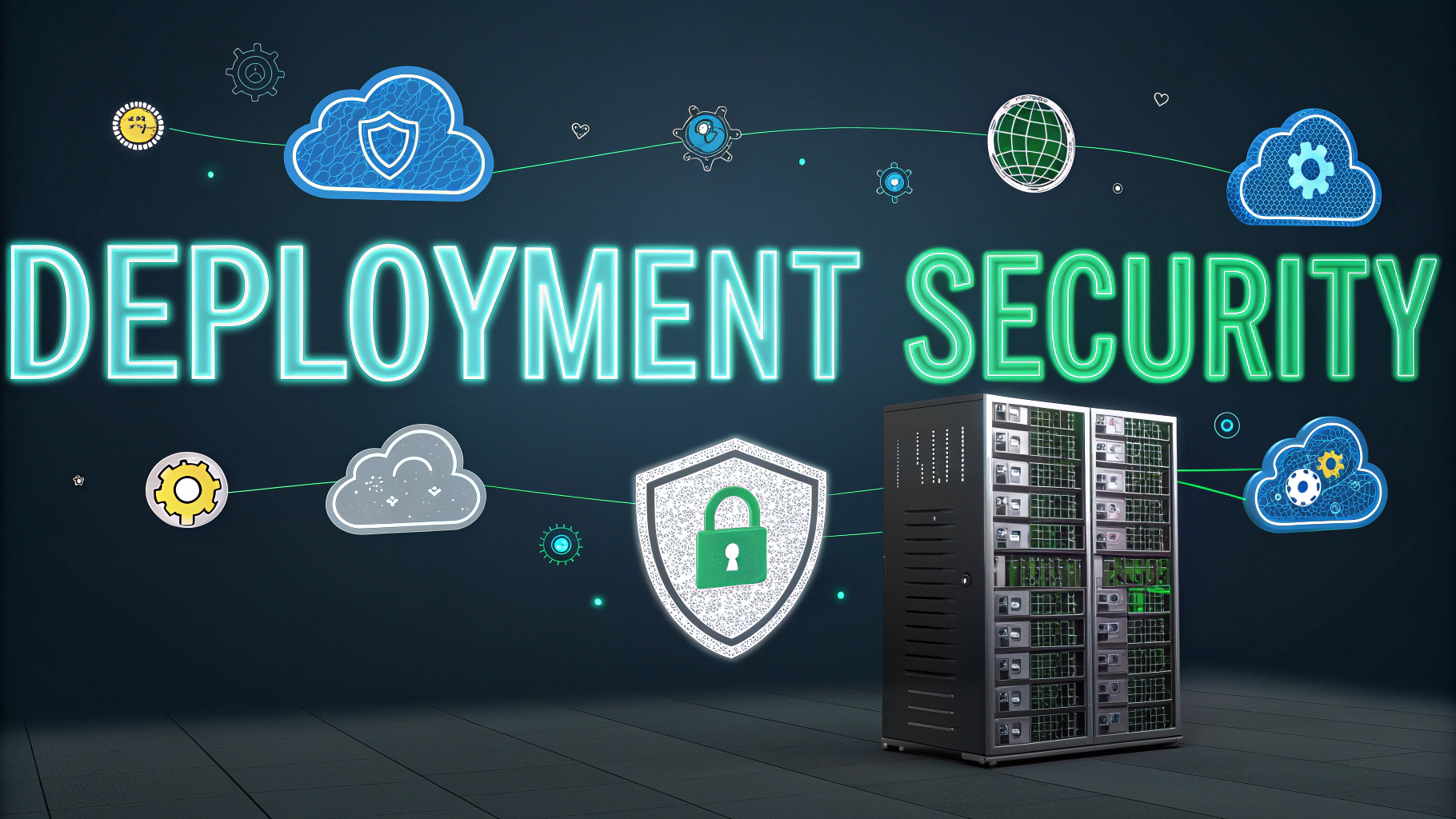Building an online presence requires careful planning and attention to security, especially when conducting penetration testing activities.
Security professionals must balance visibility with operational security while maintaining professional credibility and protecting sensitive information.
This guide covers key strategies for establishing and managing your online footprint as a penetration tester while following ethical guidelines and best practices.
Essential Components of Your Online Presence
- Professional website/blog with technical writing samples
- LinkedIn profile highlighting relevant certifications and experience
- GitHub repository showcasing code and tools
- Twitter account for industry networking
Website Security Considerations
Your personal website should demonstrate security best practices through proper SSL implementation, secure headers, and regular security assessments.
- Use HTTPS with valid certificates
- Implement CSP headers
- Enable rate limiting
- Regular vulnerability scanning
- Secure contact forms
Professional Content Guidelines
Share knowledge without revealing client information or sensitive techniques.
- Write about methodology, not specific targets
- Focus on defensive security implications
- Document tool development and research
- Discuss publicly disclosed vulnerabilities
Building Industry Credibility
- Contribute to open source security projects
- Participate in bug bounty programs
- Speak at security conferences
- Maintain professional certifications
Managing Digital Footprint
Regularly monitor and manage your online presence using these tools:
| Tool | Purpose |
|---|---|
| Have I Been Pwned | Monitor email exposure |
| Google Alerts | Track name mentions |
| Shodan | Check exposed services |
Legal and Ethical Considerations
- Include clear disclaimers on published content
- Obtain necessary permissions before sharing tools
- Follow responsible disclosure practices
- Maintain professional liability insurance
Building Your Professional Network
Connect with other security professionals through these channels:
- OWASP meetings and projects
- Security conferences (BlackHat, DefCon, BSides)
- Professional associations (ISC2, ISACA)
- LinkedIn security groups
Next Steps for Success
Start with creating a secure personal website and gradually expand your presence across professional platforms.
Document your research and tools following responsible disclosure guidelines.
Build relationships within the security community while maintaining professional boundaries.
Content Management Strategy
Develop a consistent publishing schedule while maintaining quality:
- Create an editorial calendar
- Focus on evergreen security content
- Update existing content regularly
- Monitor engagement metrics
Personal Brand Protection
Digital Hygiene
- Use unique emails for different platforms
- Implement strong 2FA everywhere
- Regular privacy settings audit
- Separate personal and professional accounts
Reputation Management
- Set up brand monitoring alerts
- Address negative feedback professionally
- Maintain consistent messaging
- Archive important communications
Platform-Specific Strategies
| Platform | Focus Areas |
|---|---|
| GitHub | Tool documentation, code quality |
| Professional achievements, certifications | |
| Industry news, networking |
Establishing Long-Term Success
Focus on sustainable growth that aligns with industry best practices:
- Develop a unique specialization
- Build lasting professional relationships
- Maintain high ethical standards
- Continue professional development
Remember that your online presence is an extension of your professional identity. Invest time in creating valuable content while protecting your digital assets and maintaining strong security practices.
FAQs
- What is online presence building in the context of penetration testing?
Online presence building in penetration testing involves creating and maintaining fictitious digital identities to test an organization’s security posture, social engineering resilience, and digital footprint vulnerabilities. - How does online presence building help in reconnaissance phases?
It enables penetration testers to gather intelligence about target organizations through social media, professional networks, and public forums while maintaining operational security and avoiding detection. - What are the key components of a convincing online presence for penetration testing?
Key components include realistic social media profiles, consistent posting history, professional networking connections, proper digital artifacts (like photos and posts), and believable background information aligned with the testing scenario. - What legal considerations should be observed when building online presences for penetration testing?
Testers must obtain proper authorization, avoid impersonating real individuals, comply with platform terms of service, and maintain detailed documentation of all activities for legal protection. - How long should an online presence be established before using it for testing?
A minimum of 2-3 months is typically recommended to establish credibility, build a realistic digital footprint, and avoid raising suspicion during security assessments. - What are the risks of using poorly constructed online presences in penetration testing?
Risks include premature detection, compromise of the assessment, legal complications, damage to client reputation, and potential violation of testing boundaries and scope. - Which platforms are most important for building online presence in penetration testing?
LinkedIn, Twitter, Facebook, and industry-specific forums are crucial platforms, depending on the target organization and testing objectives. - How can online presence building be used to test an organization’s employee security awareness?
It can be used to attempt connection requests, engage in conversations, and test employee responses to social engineering attempts, helping evaluate security awareness training effectiveness. - What tools are commonly used for managing multiple online presences in penetration testing?
Tools include social media management platforms, VPNs, virtual machines for compartmentalization, and specialized OSINT tools for profile management and monitoring. - How should online presences be decommissioned after testing is complete?
Systematic removal of all created profiles, proper documentation of activities, secure deletion of associated data, and notification to relevant stakeholders about test completion.







